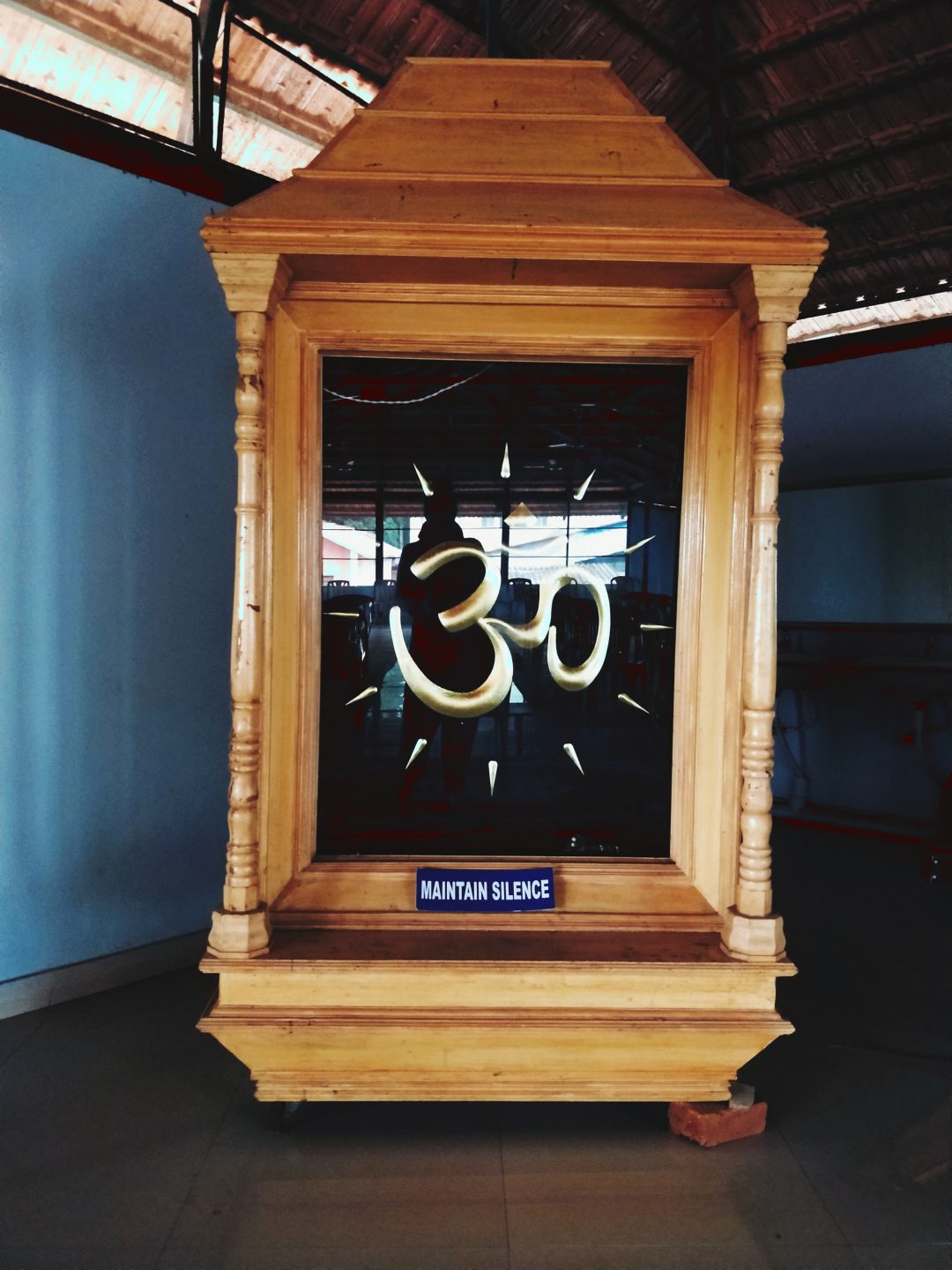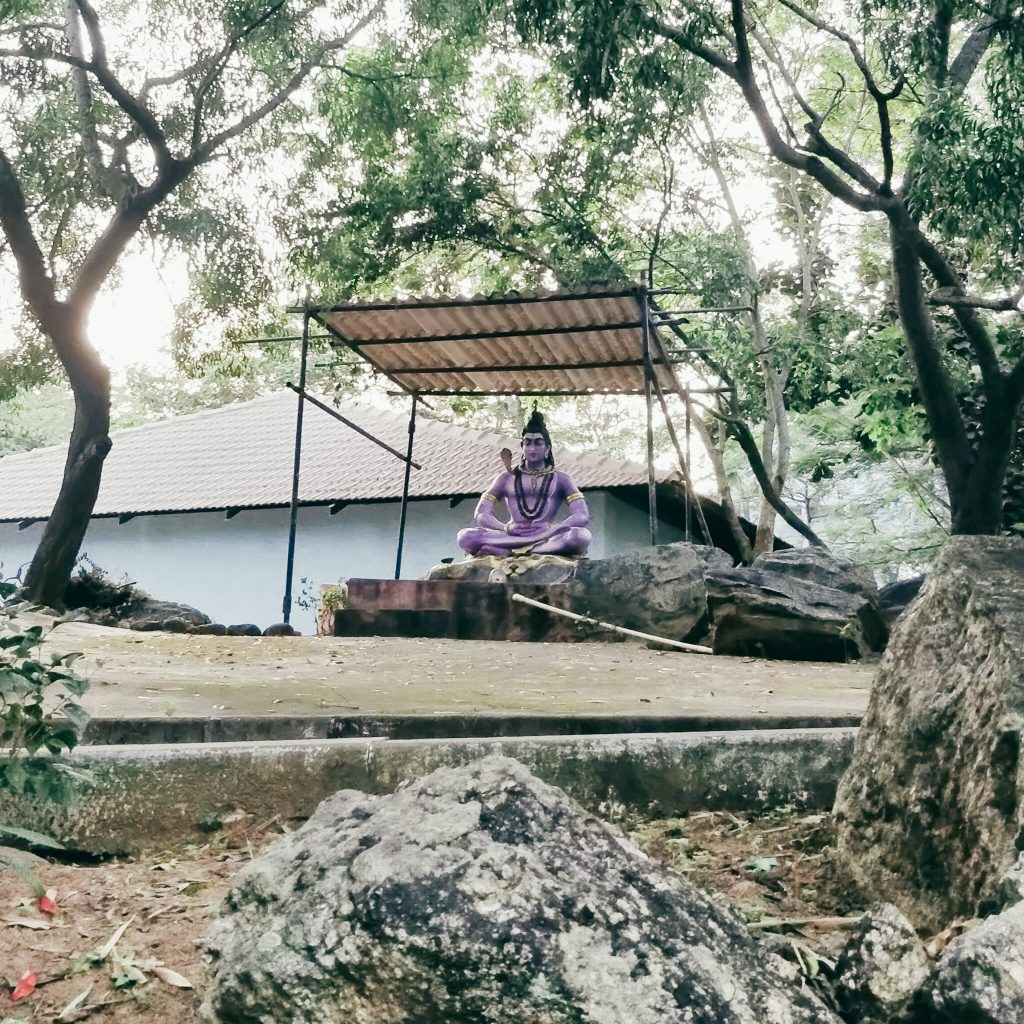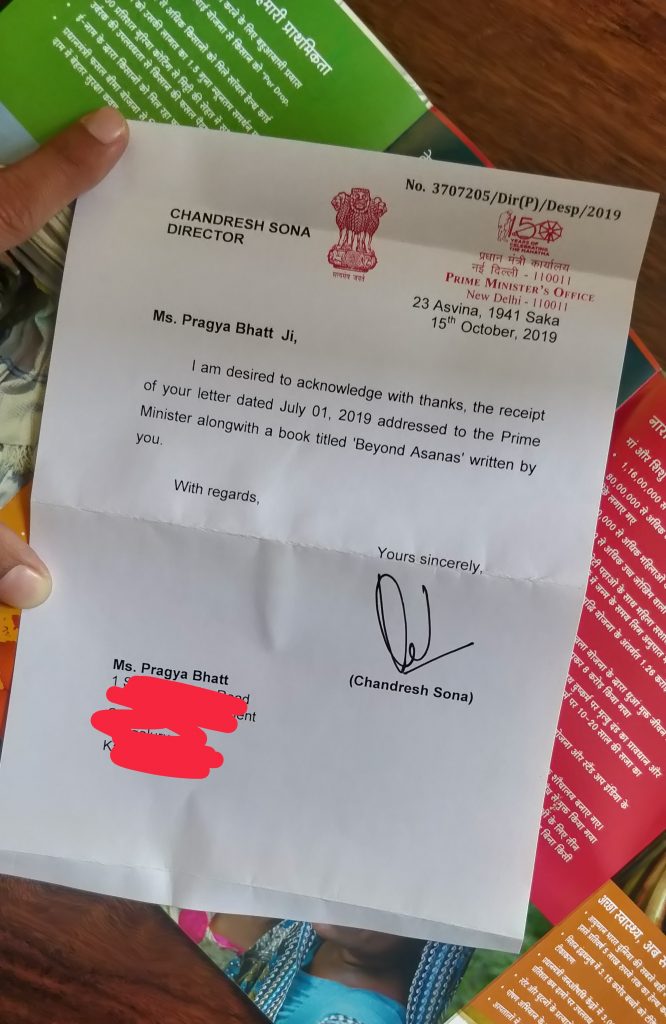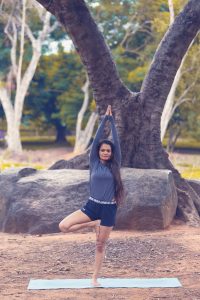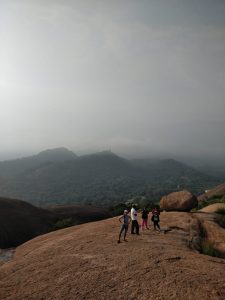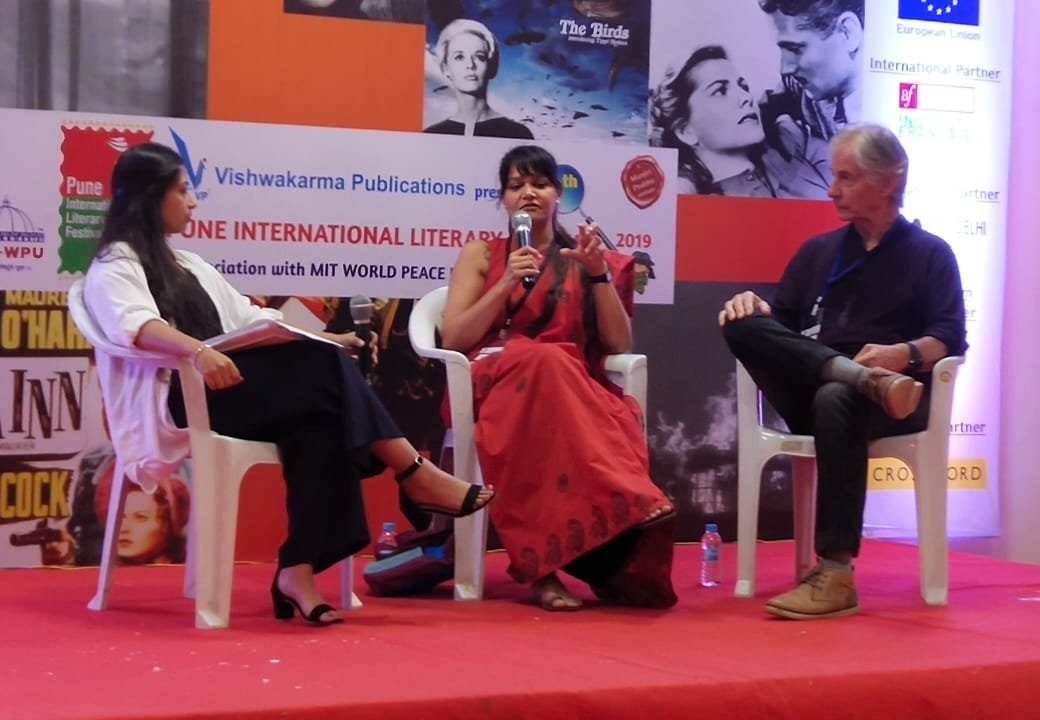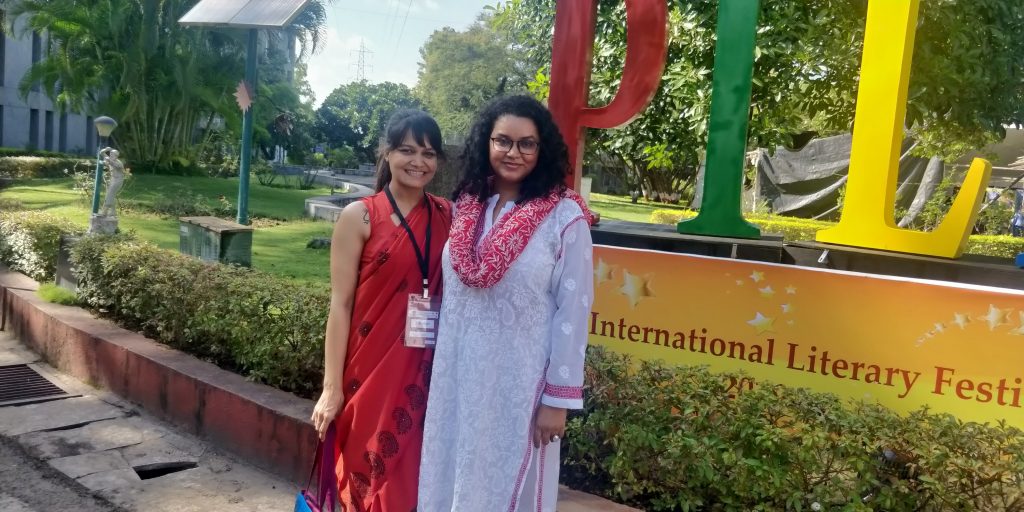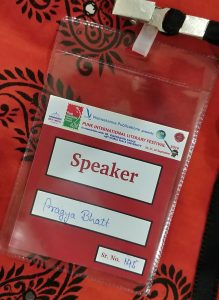Yesterday was my first day at the Department for Metabolic Disorders. The person in charge was short, squat and had a very aggressive look to him. His name is Shan and I decided to stay clear out of his way.
Class was almost over. All yoga sessions here are similar. Today many supine and prone asanas were included in the routine because we were dealing with metabolic conditions. I was surreptitiously checking the time when all of a sudden I realized Shan was talking to me. “Do you know how to do DRT?” he asked me with an evil glint in his eye.
‘No…uh yes!’ I stammered.
‘Yes or no?’
“I know what DRT is and I’ve attended sessions also but I’ve never conducted it,” I told him, finally getting a hold of myself.
“Hmmm….meet me in my office after class.” He looked at the other intern pointedly, indicating that she was also expected.
“What course are you doing here,” he asked in his office.
“MSc,” I said. “But distance,” I added, hoping that was some sort of justification for not knowing the Deep Relaxation Technique, a meditation technique patented by SVYASA.
“OK, first – tomorrow you both will bring your mats,” he said. “You guys must also participate in the classes. Seeing you the patients feel motivated to move.”
“Yes sir,” we both said in unison.
“Also tomorrow we don’t have class, we have kriyas. You guys be there by 6 am and help the patients.”
I saw this as my chance to practice kiryas under supervision, and quickly seized it. “I can do jal neti, but sutra neti and vamana dhouti are really difficult for me.”
“Then I will teach you. Do you know LSP?”
“Heard of it but I’ve never done it. But I want to!”
I reached the kriya block with my neti kit and my nerves in a bundle. It had been years since I’d done the sutra neti and vamana dhouti. And I was hoping LSP – Laghu Shankh Prakshalana wasn’t going to leave me with the runs.
“Sir, this sutra isn’t going into my nose,” I said as I worked the rubber catheter into my nostril. But he kept encouraging me and eventually the catheter was in the back of my throat. In fact, this morning (because he threatened that he would do it himself) I was able to reach into my throat and pull out the other end of the catheter. This was the second time in my life that I was able to do this.
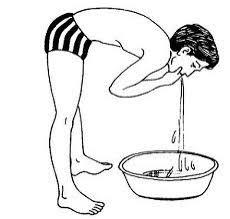
Vamana Dhouti
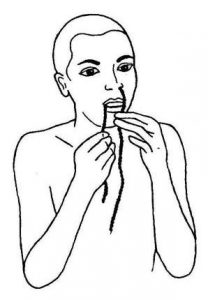
Sutra neti. I wish I had images of me doing the kriyas, but I was so busy doing them that I forgot to document them!
During vamana dhouti he told me about the importance and relevance of cleansing practices. “If you’re a regular practitioner you should do this once a week. Your asanas will improve. These practices are important.” I tried to re-gurgitate the water without resorting to pushing my fingers down my throat. In the end, it was my fingers that did the trick.
LSP is a technique to clear the entire digestive system. I drank 4 glasses of salt water and then did the basic stretching exercises. Then drank another 4 glasses and did them again. By the time I was back in my room I was ready to exploded in the thunderbox. It took a long long time. The water makes it way through the entire digestive system, bringing along toxins. You know your digestive system is clean when the water coming out of you is clear. As he said, “The water should look like your urine. If it doesn’t you have to go again.” It took me all of one hour, but I’m happy to report that my first time at LSP was good. I’m going to continue doing this practice at home too.
As I got the final sign-off from him, I noticed that his smile didn’t look evil or intimidating anymore. Note to self: the greatest lessons sometimes come from the most unexpected sources.

